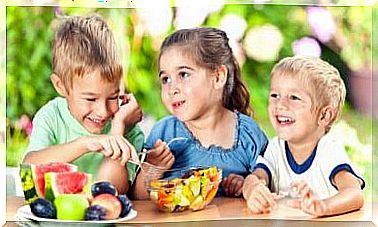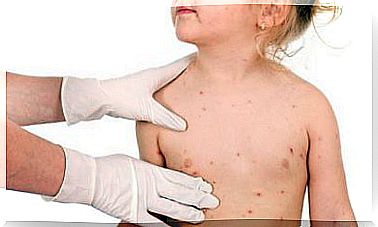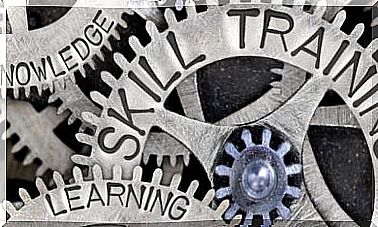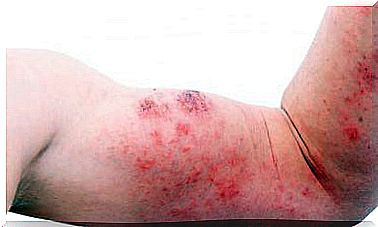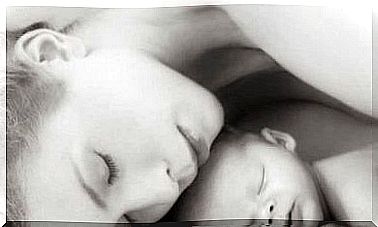Alcohol Consumption In Adolescents
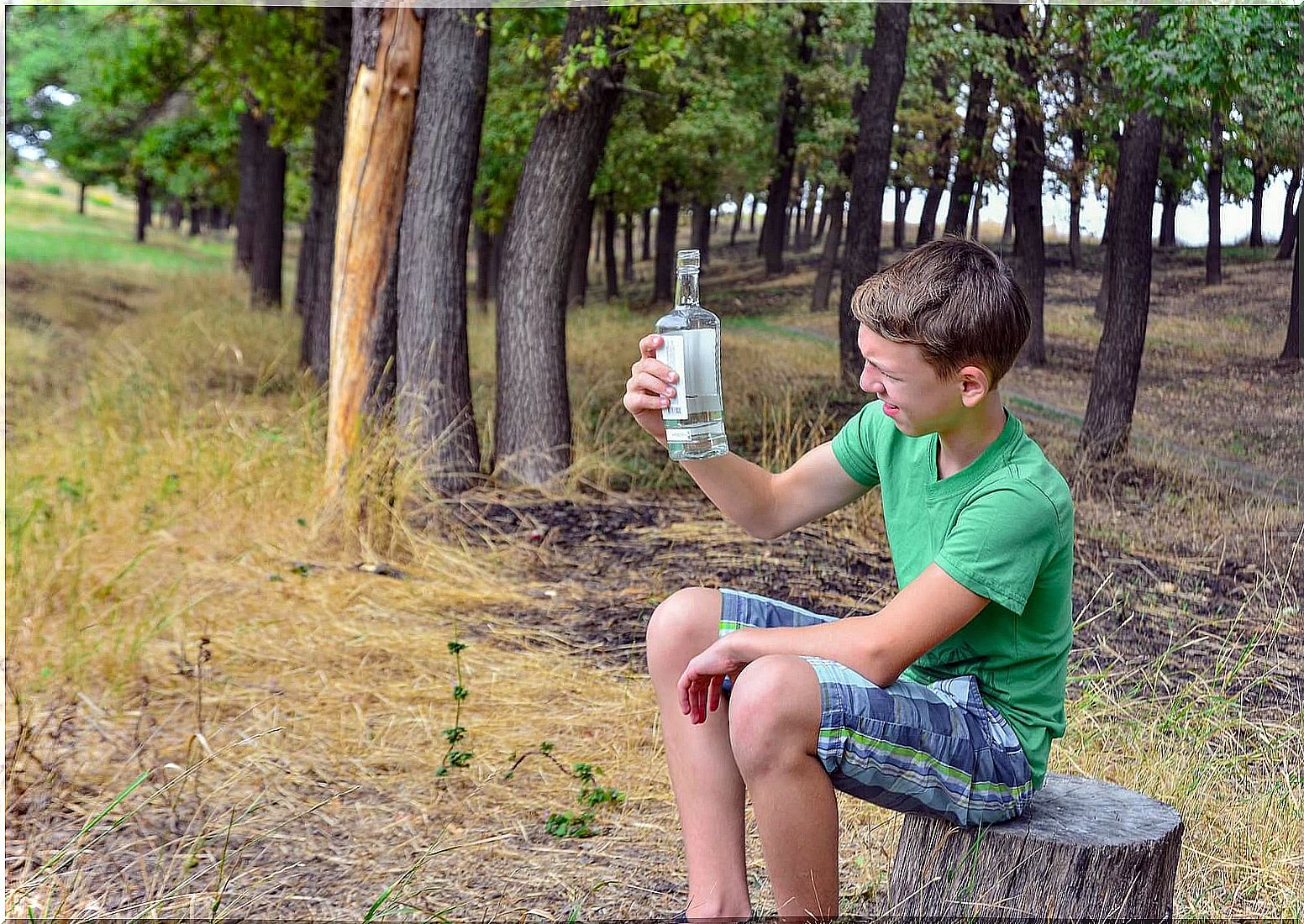
Did you know that alcohol is the substance most consumed by adolescents between the ages of 14 and 18? In addition, each time they start consuming it earlier, the average being between 12 and 13 years old. Despite the known risks to their health, alcohol consumption in adolescents is normalized for leisure reasons and to establish social relationships.
Even 30% of young people practice binge drinking, which consists of having more than 4-5 drinks in a 2-hour period according to the American National Institute on Alcohol Abuse and Alcoholism.
It is important to take it into account, as it can promote the development of alcoholism in adulthood. Also in view of the fact that they can experience an ethyl coma and endanger their respiratory capacity with risk of death if they do not act quickly.
But first you should know that it is a fat soluble compound whose absorption occurs in the stomach and intestine and is metabolized in the liver. It also crosses the blood-brain barrier, making neurological symptoms the most common.

Forgetfulness, the long-term effect of alcohol use in teens
Adolescence is a stage in which brain function is still developing, so alcohol, being neurotoxic, is discouraged. What it does is impair the functionality of the hippocampus, an area related to memory and learning. Therefore, short-term memories are lost and it takes more time to concentrate, since the number of neurons is reduced.
In addition, there is evidence about alcohol in the onset of Alzheimer’s, since it acts as an inflammatory by promoting the creation of deposits of beta-amyloid protein.
Even, a loss in coordination and slowness in movements is observed while the levels remain in the blood in large quantities.
How does alcohol consumption affect mood?
Another of the effects of alcohol is the feeling of euphoria produced by the release of endorphins, although in the short term. In addition, the brain area related to pleasure is activated, since dopamine is secreted. As a consequence, dependency is created by continuing to consume it, leaving several sequels such as those that we will mention in the next section.
Likewise, it has been found to predispose to the risk of suffering depression due to abuse, although it is unknown which of the two disorders appears earlier.
As a consequence, it increases the risk of suicide and irritability, which hinders good social relationships between family and friends.
The subsequent sequelae of alcohol consumption in adolescents
But not everything ends the moment it is consumed, but the next day headaches and fatigue appear. The main reason is that it takes several hours to be eliminated from the body and is responsible for blocking the enzyme DAO (diamine oxidase).
This enzyme is responsible for eliminating histamine that facilitates neuronal transmission, gastric secretion and intestinal movements. However, excess by accumulation is harmful and causes migraines. It is also responsible for regulating the rhythm of sleep and therefore affects rest.
In turn, it produces digestive discomfort such as nausea and vomiting in proportion to the amount ingested, the time and the simultaneous intake of food. In the long run, the stomach wall becomes irritated and can lead to ulcers and gastritis.
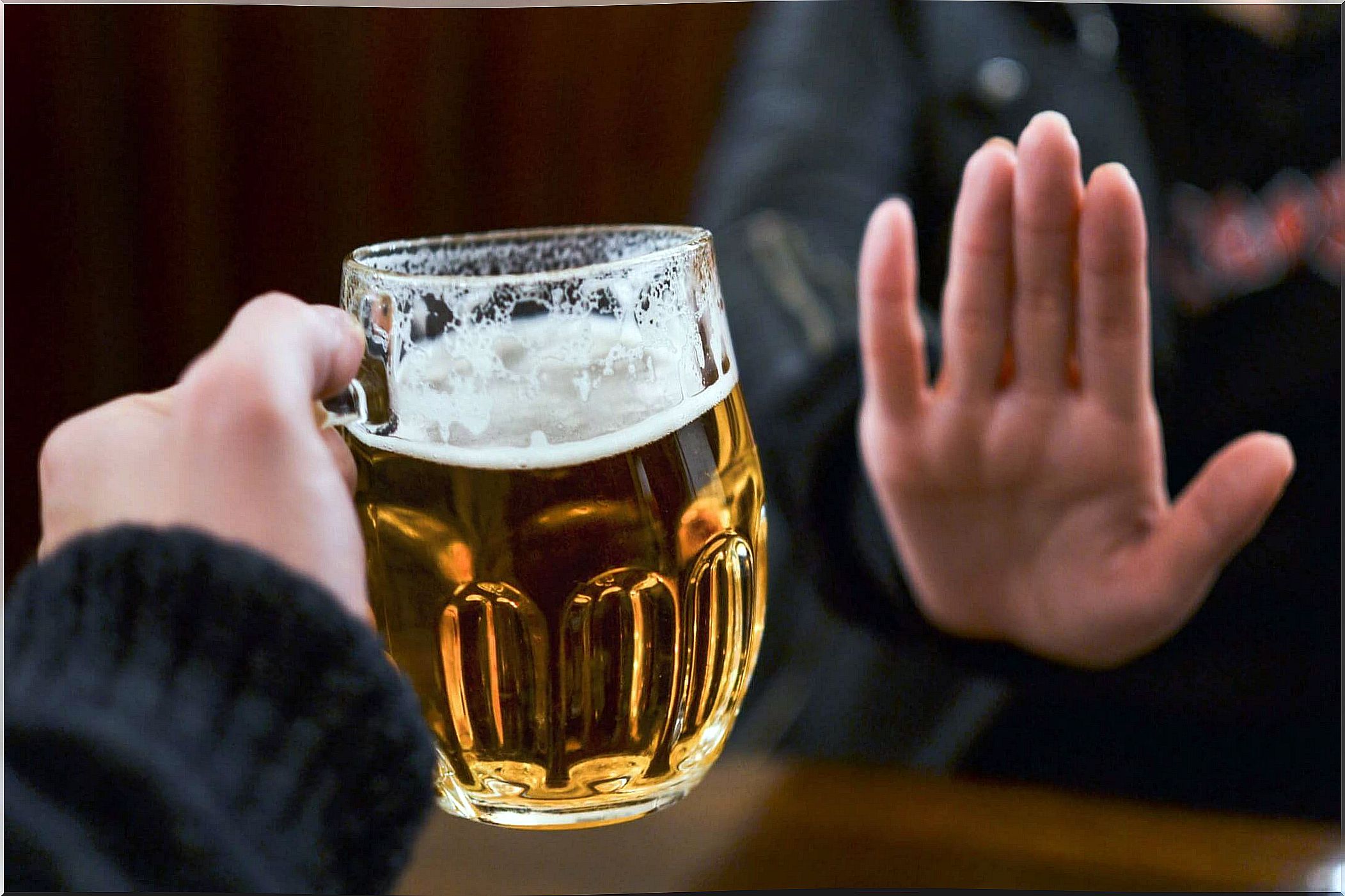
These symptoms demonstrate the relationship between the risk of suffering from any type of digestive cancer, such as esophagus, colon, stomach, pharynx and pancreas.
How to avoid it?
In summary, it must be remembered that there is no safe dose of alcohol consumption in adolescents for all the risks already mentioned. It is important to talk to them and be an example to follow so that they become aware and stop seeing it as a normal habit in their life. Although it may not seem like it, it is a drug that is easy to become addicted to and from which it is difficult to disengage.
Also, as parents, you can teach them that they can decline invitations from their friends and opt for other drinks, no matter what they think. In addition, there are multiple plans in which you can have fun without alcohol being present.


